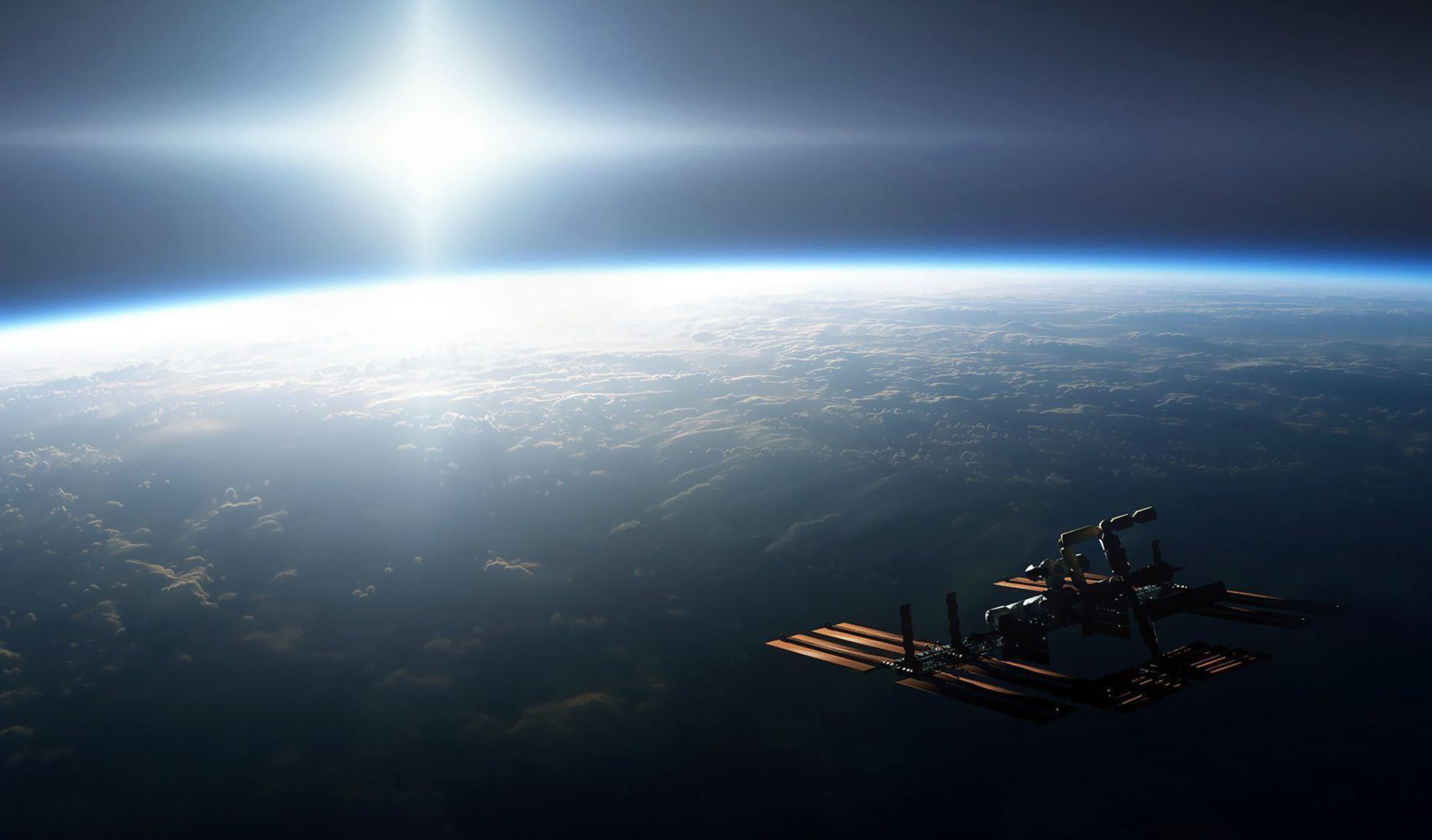Over 101 countries have utilized the International Space Station (ISS) over the last 17 years. Approximately one-quarter of the U.S. population today only knows a time when Americans have lived in space. The International Space Station (ISS) has been a great research platform for zero-gravity experiments for years, but NASA intends to transition the research platform to the private sector.
In a recently published report, methodologies and assumptions are clearly presented on how NASA has identified all necessary variables for assessing the transfer of the ISS to the private sector. NASA intends to begin shifting responsibility for meeting its needs and requirements in low-earth orbit (LEO) by leveraging industry capacity, innovation, and competitiveness. This would offer the prospect of lower cost to the Government to enable NASA to apply more personnel and budget resource on expanding human spaceflight beyond LEO. The plan for the transition of ISS roles isn't until 2024 and until then there will still be a considerable amount of research performed. The full detailed report is on NASA website but for your convenience, I put together some highlights of planned research and the main quantified risks of the transition.
Current research on the ISS focuses on how the human body behaves to long exposures during deep space travel. Long-duration exploration class human missions, including Mars-duration missions of up to 1,100 days, introduce new and increased concerns for human safety, health, and performance. Under the NASA Human Research Program Integrated Path to Risk Reduction, a list of risks are being researched, which include:
- Space Radiation Exposure
- Cognitive or Behavioral Conditions
- Inadequate Food and Nutrition
- Team Performance Decrements
- Spaceflight Associated Neuro-Ocular Syndrome
- Renal Stone Formation
- Human-System Interaction Design
- Medications Long Term Storage
- Injury from Dynamic Loads
- Altered Immune Response
- Host-Microorganism Interactions
- Reduced Muscle Mass, Strength
- Reduced Aerobic Capacity
- Sleep loss and Circadian Misalignment
- Orthostatic Intolerance
- Bone Fracture
- Cardiac Rhythm Problems
- Concern of Intervertebral Disc Damage
- Celestial Dust Exposure
- Concern of Effects of Medication
- Sensorimotor Alterations
- Hypobaric Hypoxia
- Decompression Sickness
Human Research on the ISS focuses on reducing the risks of health and performance problems in future exploration missions. Research is prioritized to maximize the productivity of ISS resources. As it currently stands, the ISS will be commissioned until 2024, during which time 12 of the 23 tasks will still be under research at a mid to high risk levels.
Shuttle docked with the ISS
Making The Switch
The largest milestone for ISS transfer to the private sector is profitability. NASA had identified 21 separate types of activities that could generate revenues on a private LEO space station. These fall into five broad categories:
- Habitats for space flight participants or government astronauts.
- Activities supporting the satellite sector, especially on-orbit assembly of satellites
- Manufacturing products and services for use in space and on Earth
- Research and development, testing, and Earth Observation
- Media, advertising, and education
The five categories listed above can be assisted from the government influence to enable the private sector. Early stage investment through public-private partnership, advance purchase or lease agreements, and direct purchases of space station services will be the tools the government can wield.
It has been indicated with a proper space station configuration; enough revenue could be made to have the private sector take over space station activities in over a decade. Out of four boundary scenarios, only in the high-revenue low-cost estimate would the station be profitable, as shown in the diagram below.
Risk quad chart. Courtesy of NASA
To gain a little more insight to the sensitivity of the quad chart above, if launch costs were cut in half, looking at you SpaceX and Blue Origin, then the revenue estimates for the low-cost stations would increase 23 for the high scenario and 53 percent increase for the low scenario. With the private industry creating technological breakthroughs, transfer of the ISS will become increasingly possible. As society invests more into deep space exploration, the demand for exploration of Low-Earth Orbit (LEO) for research and space tourism will increase.



